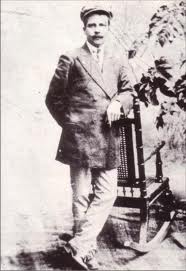 W
WUrteaga Alvarado, Mario was a Peruvian painter. He originally worked as a painter, photographer and upon his return to Cajamarca from Lima he worked as a school teacher, farming and journalist.
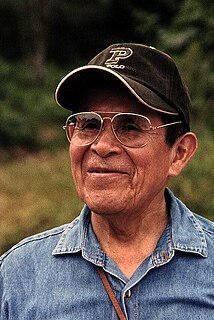 W
WPablo Cesar Amaringo Shuña was a Peruvian artist, renowned for his intricate, colourful depictions of his visions from drinking the entheogenic plant brew ayahuasca. He was first brought to the West's attention by Dennis McKenna and Luis Eduardo Luna, who met Pablo in Pucallpa while traveling during work on an ethnobotanical project. Pablo worked as a vegetalista, a shaman in the mestizo tradition of healing, for many years; up to his death, he painted, helped run the Usko-Ayar school of painting, and supervised ayahuasca retreats.
 W
WCarlos Baca-Flor Soberón was a Peruvian painter known for his portraits.
 W
WHerman Braun-Vega was a Peruvian painter and artist.
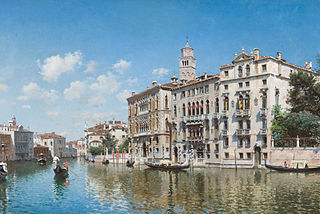 W
WFederico del Campo (1837-1923) was a Peruvian painter who was active in Venice where he was one of the leading vedute painters of the 19th century.
 W
WTeófilo Castillo Guas or Guash was a Peruvian Impressionist painter, art critic and photographer.
 W
WJosé Gil de Castro y Morales was an Afro-Peruvian portrait painter, cartographer and soldier who spent many years in Chile.
 W
WGerardo Chavez is an artist from Trujillo Peru, his artistic foundation has helped to develop a cultural environment in the city through the Toy Museum that was opened in 2001 and with the Museum of Modern Art which he founded, as well as Cultural Space "Angelmira" in honor to his brother. Chavez is one of the direct successors of the North Group born in the Trujillo city in the first half of the 20th century. In 2012 he was recognized as the most important Peruvian plastic artist in activity. He has been appointed chairman of the board for the Art and Culture of Trujillo.
 W
WFelipe Cossío del Pomar was a Peruvian painter and left-wing political activist. While in exile from Peru he founded an art school in San Miguel de Allende in Mexico in 1938. The school failed, but on his return in 1950 he founded the Instituto Allende, a university-level arts school that was still active in 2014. The short film "Felipe Cossio del Pomar in San Miguel de Allende", by Ezequiel Morones is in Youtube.
 W
WVíctor Delfín is one of the leading sculptors and painters in Peru.
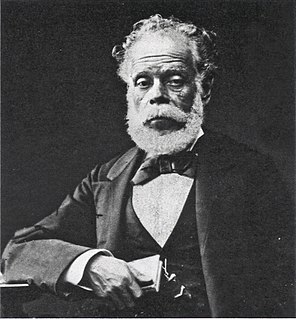 W
WFrancisco Fierro Palas, called "Pancho" Fierro was a Peruvian painter, known primarily for his costumbrista watercolors, which depict his country's life and customs.
 W
WSérvulo Gutiérrez Alarcón was a Peruvian artist, described by The Times as "Peru’s most celebrated painter". He was initially untaught and self-educated, but then trained under the artist Emilio Pettoruti. Gutiérrez had a relationship with Doris Gibson.
 W
WDaniel Hernández Morillo, was a Peruvian painter in the Academic style who spent most of his working life in Paris. He also served as the first Director of the Escuela Nacional de Bellas Artes.
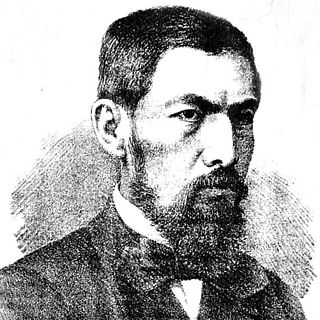 W
WJosé Francisco Domingo Laso de la Vega y de los Ríos was a Peruvian painter and politician. During his lifetime he was mostly known for his portraits, but is now better known for creating works that were precursors to indigenismo in art.
 W
WJosé Juan de Dios Mateo Osbaldo Botaro Lepiani Toledo was a Peruvian painter. He is primarily known for historical and patriotic scenes; notably those related to the War of the Pacific.
 W
WIgnacio Merino Muñoz was a Peruvian painter who spent much of his life in Paris. He specialized in historical and costumbrista works.
 W
WCésar Moro is the pseudonym of Alfredo Quíspez Asín Mas, a Peruvian poet and painter. Most of his poetic works are written in French; he was the only Latin American poet included in the 1920s and '30s surrealist journals of André Breton and the first Latin American artist to join the surrealist group on his own initiative, as opposed to being recruited by Breton.
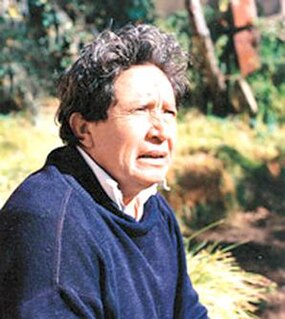 W
WHugo Orellana Bonilla was one of the most recognized Peruvian painters. He was born in 1932 Ataura a district of Jauja, Peru. He has studied at the Lima Academy of Fine Arts, Paris, Florence and Mexico City between 1953 and 1961.
 W
WJosé del Pozo was a Spanish painter; known primarily for his participation in the Malaspina Expedition. He spent most of his career in Peru. Some sources give his year of death as 1830.
 W
WJosé Sabogal was a Peruvian painter and muralist who was "the most renowned early supporter" and thus a leader in the artistic indigenist movement of his country. As Daniel Balderston, Mike Gonzalez, and Ana M. López assert, Sabogal "became Peru's militant indigenist and aesthetic nationalist, and led this movement for the next thirty years.
 W
WJosué Sánchez Cerron is a Peruvian painter born in Huancayo, Peru in 1945.
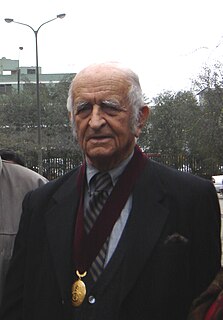 W
WFernando de Szyszlo Valdelomar was a Peruvian painter, sculptor, printmaker, and teacher who was a key figure in advancing abstract art in Latin America since the mid-1950s, and one of the leading plastic artists in Peru.
 W
WJavier Tapia is a Peruvian artist and painter.
 W
WBoris Vallejo is a Peruvian-American painter who works in the science fiction, fantasy, and erotica genres. His hyper-representational paintings have appeared on the covers of numerous science fiction and fantasy fiction novels. They are also sold through a series of annual calendars.
 W
WJoaquin Alberto Vargas y Chávez was a noted Peruvian painter of pin-up girls. He is often considered one of the most famous of the pin-up artists. Numerous Vargas paintings have sold and continue to sell for hundreds of thousands of dollars.
 W
WArmando Villegas was a Peruvian-born Colombian painter, whose career spanned nearly six decades.
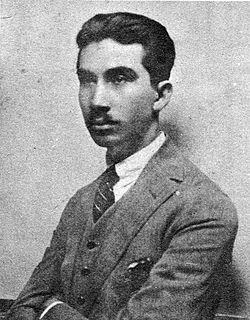 W
WJorge Segundo Vinatea Reinoso, or Reynoso was a Peruvian painter and caricaturist. His art falls within the indigenismo category, although he was not part of the movement led by José Sabogal.